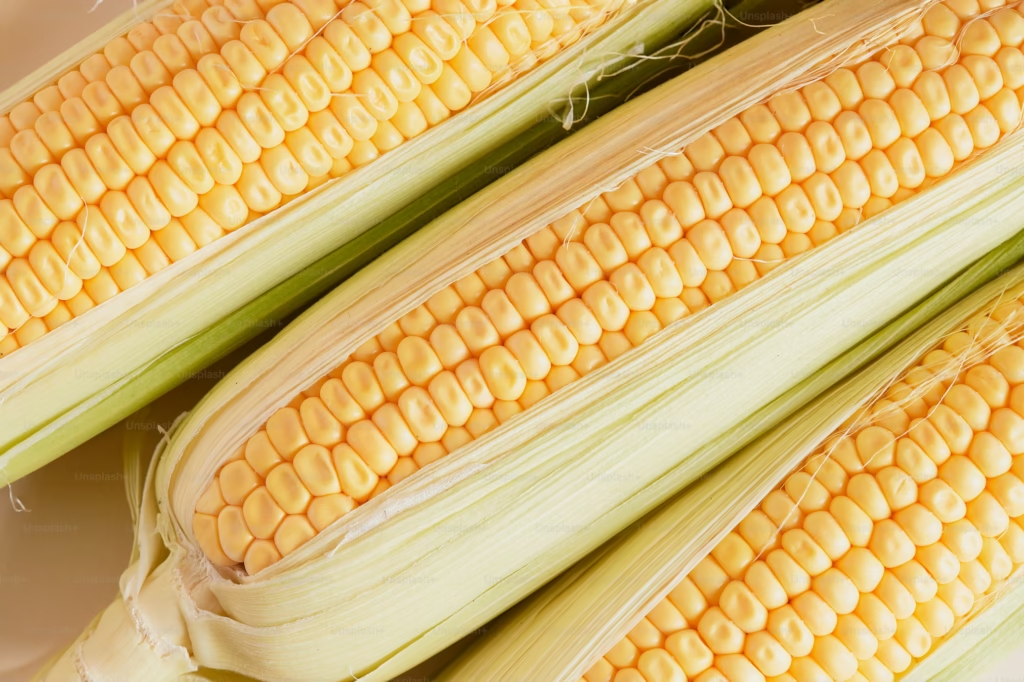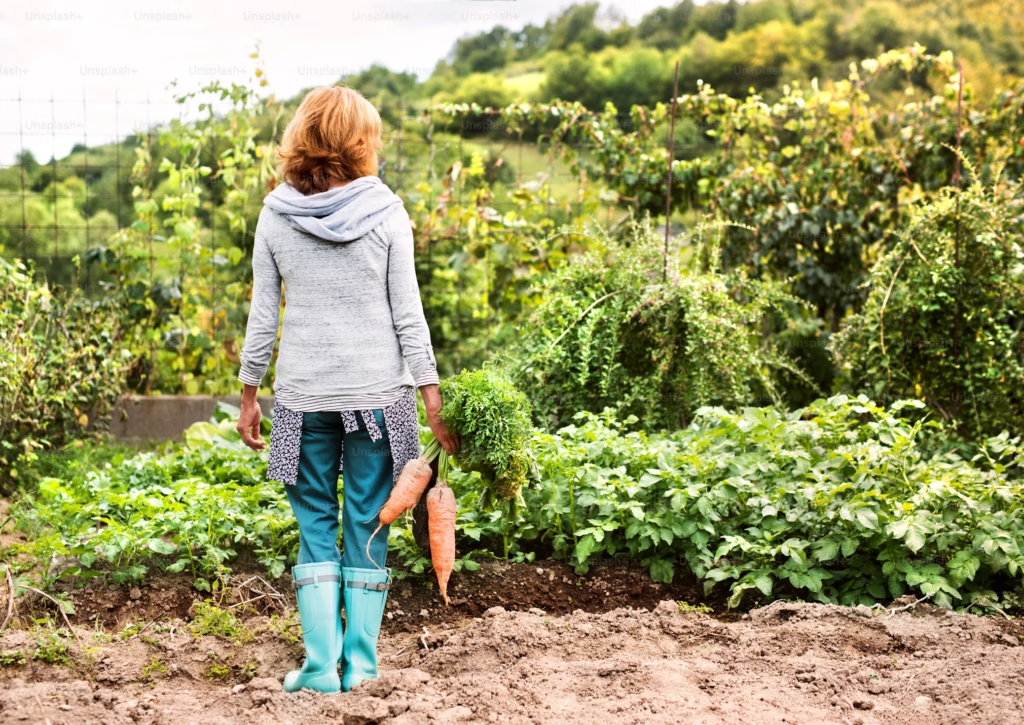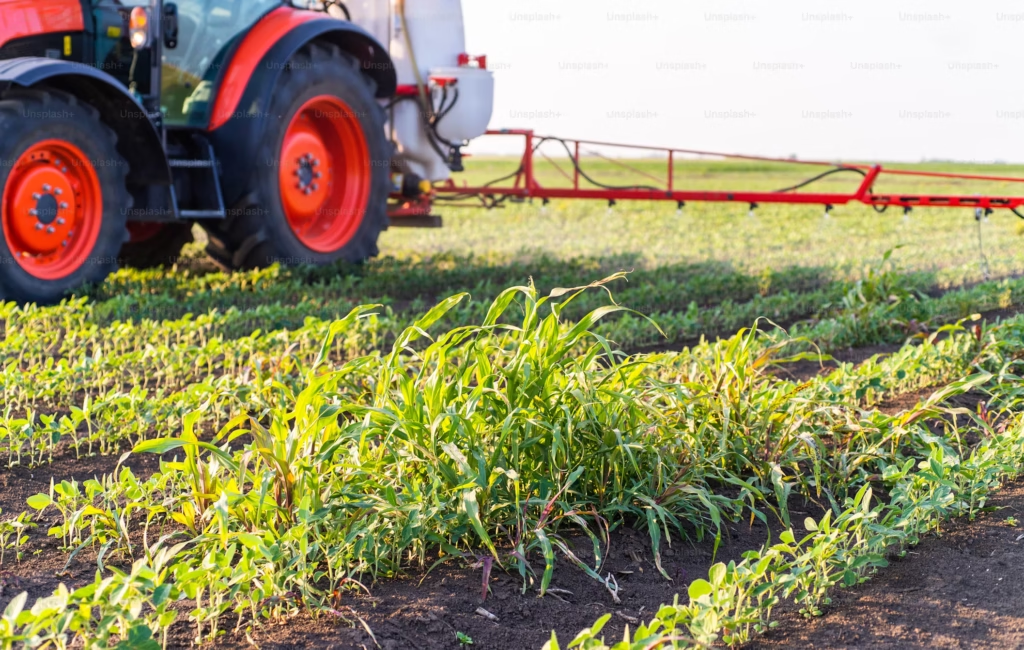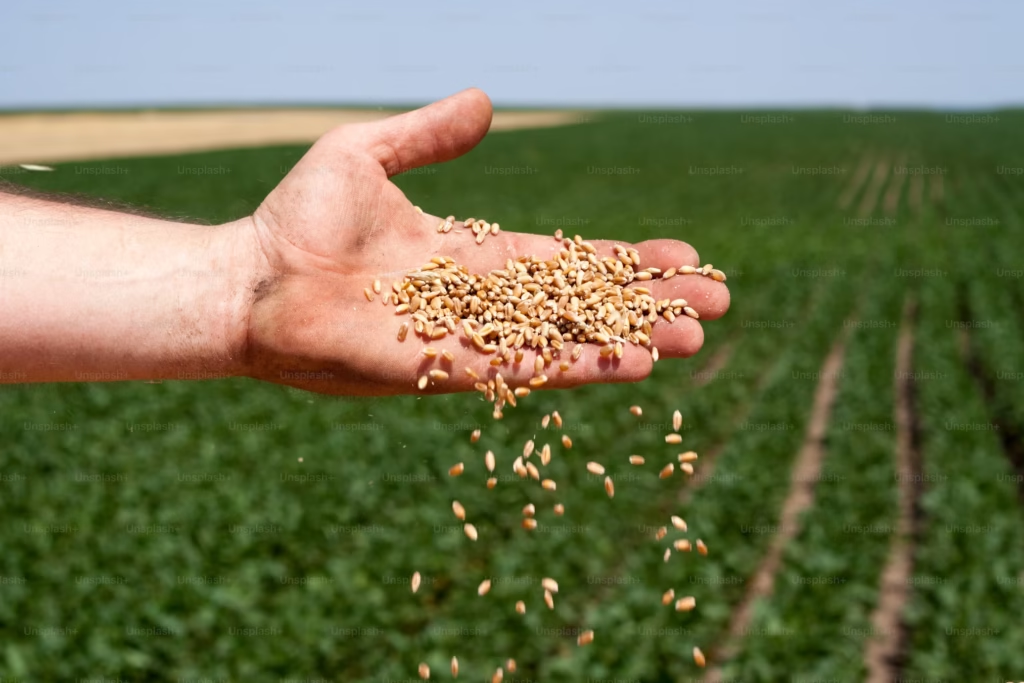
Top 5 Challenges in Modern Agriculture and Solutions
Agriculture faces numerous challenges as it adapts to a rapidly changing world. From climate change to resource limitations, these hurdles require innovative solutions to ensure sustainable food production. Here are the top five challenges in modern agriculture and actionable solutions to address them.
1. Climate Change and Its Impacts
- The Challenge: Unpredictable weather patterns, extreme temperatures, and natural disasters disrupt crop yields and livestock production.
- The Solution:
- Climate-Resilient Crops: Develop and use drought-tolerant, flood-resistant, and heat-adapted crop varieties.
- Precision Agriculture: Use weather forecasting tools and data analytics to optimize planting and harvesting times.
- Agroforestry: Integrate trees into farmlands to act as windbreakers, stabilize soil, and reduce temperature extremes.
2. Water Scarcity
- The Challenge: Overuse of water in agriculture leads to depletion of water sources, while droughts worsen the situation.
- The Solution:
- Drip Irrigation: Implement efficient irrigation systems to minimize water waste.
- Rainwater Harvesting: Collect and store rainwater for agricultural use.
- Soil Moisture Sensors: Monitor soil hydration levels to avoid over-watering.
- Crop Diversification: Grow water-efficient crops suited to the region’s climate.
3. Declining Soil Health
- The Challenge: Over-farming, monocropping, and heavy chemical use degrade soil fertility and structure.
- The Solution:
- Crop Rotation: Alternate crops to replenish soil nutrients naturally.
- Organic Farming Practices: Use compost, green manure, and biofertilizers to enhance soil health.
- Conservation Tillage: Reduce tillage to prevent soil erosion and maintain organic matter.
- Cover Crops: Plant cover crops during off-seasons to protect and enrich the soil.
4. Labor Shortages in Agriculture
- The Challenge: Urbanization and an aging farming population have created a labor gap in the agricultural sector.
- The Solution:
- Farm Mechanization: Invest in machinery and automated tools for planting, harvesting, and processing.
- Robotics and Drones: Use drones for crop monitoring and robots for tasks like weeding and harvesting.
- Attract Youth to Farming: Provide training programs, financial incentives, and technology-driven opportunities to make agriculture appealing to younger generations.
5. Pest and Disease Management
- The Challenge: The emergence of pesticide-resistant pests and new plant diseases threaten food security.
- The Solution:
- Integrated Pest Management (IPM): Combine biological controls, cultural practices, and chemical solutions for effective pest control.
- Biopesticides: Use eco-friendly pest control options made from natural substances.
- Genetic Engineering: Develop pest-resistant crop varieties through advanced breeding techniques.
- Early Detection Systems: Use IoT sensors and AI to identify and address pest outbreaks before they spread.
Conclusion
Modern agriculture faces multifaceted challenges, but innovative practices, technology, and sustainable methods provide viable solutions. Addressing these issues head-on is crucial for ensuring food security, preserving natural resources, and creating a resilient agricultural system for the future.



